I enjoy digiscoping–using a digital camera with my spotting scope to get photos of birds. It’s changed quite a bit over the years. Originally digiscoping started as a way to simply get a documentation or souvenir photo of a bird using point and shoot pocket cameras with scopes or binoculars. The cameras were inexpensive compared to single lens reflex cameras (SLRs), they weren’t too heavy in the field and got decent shots. But as point and shoots have changed and don’t quite work as well with scopes, some people abandoned the idea or others (like myself) embraced it and paid for more expensive single lens reflex cameras for better photos.
As much as I enjoy the better photos I got with my scope by using an SLR, I missed having a compact multi-use camera. One that could take close up shots when we were banding birds, get a wide view for establishing shots of habitat or just something to grab fun photos of friends and family–all while fitting easily in a jacket or pants pocket.
Then came smart phones. At first you could get okay photos (here’s an example I got with my Blackberry) but nothing to really write home about. However, the newer models of smart phones has changed the game of digiscoping. When my phone contract came up, I was very interested in getting an iPhone 4S because the camera and HD video quality was better than ever. I was actually trying to save money to get an SLR that does video but if I could get that in a phone–why not just try that.
I recently went to Israel and though I packed my Nikon D40 SLR camera, I also took along my new iPhone 4s just to see if an opportunity would come up to try out the phone:
And boy were the opportunities were endless. I took the above photo of Common Cranes by holding my phone up to my scope on a foggy morning in the Hula Valley. Even though the conditions weren’t the best (very low light, hand holding the phone) it turned out really well. The camera has surprising light gathering ability–although using a Swarovski ATM 80 doesn’t hurt the process either.
When I could, I tried to do side by side comparisons:
Above is a Chaffinch that I took with the iPhone and my scope.
Here’s the same Chaffinch but taken with my SLR.
There’s definitely better color quality with the SLR but the iPhone photo isn’t bad at all. You can see a tiny bit of chromatic abberation around the Chaffinch in the iPhone photo (the purplish line around the bird) but other than that, it’s pretty good. It all depends on what you want to do with your photos. For me, I like to get shots for my blog or send photos to Facebook and Twitter–a smart phone is perfect for that. As a matter of fact, we were on a motorcoach that had free wifi on our trip. Often after a stop, I’d send photos from my phone to family, Twitter and Facebook as we headed to our next destination.
As with a point and shoot camera, the iPhone 4S works well to get close up shots. Above is a Common Kingfisher that was being banded (or ringed as they call it across the pond) in the Hula Valley. This shot wouldn’t have turned out this well using my SLR unless I switched out lenses. But with my smart phone, I just whipped it out of my pocket and got the shot.
This is a shot I got with the iPhone establishing habitat. Even though the sun hadn’t quite cleared the mountains, the camera was able to capture the surrounding habitat and some of the 30,00o cranes.
Overall I’m pleased with the results, however since I’m hand holding the phone, I’m not ready to ditch my SLR in the field just yet. I’ve tried to rig up an iPhone adapter to my spotting scope by using an iPhone case and trying to attach it to the Swarovski DCA–that one is my favorite adapter because it slips off the scopes eyepiece quickly. Alas, I haven’t found a way to make it work. Without that, getting video via digiscoping is impossible, there’s too much shaking. Then I received a press release for this in my inbox:
Meopta claims to have developed an adapter to that will work with the iPhone 4 or 4s. I find this very intriguing and I’m curious to try it. It’s not available until early next year, but if it secures my phone to my scope, I may leave my SLR at home and only have my phone in the field.


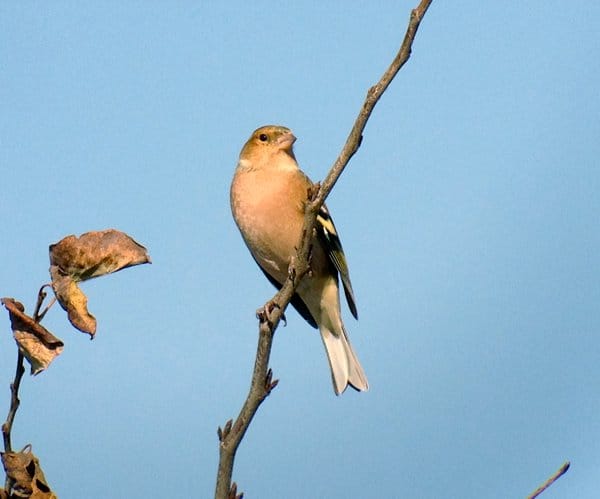
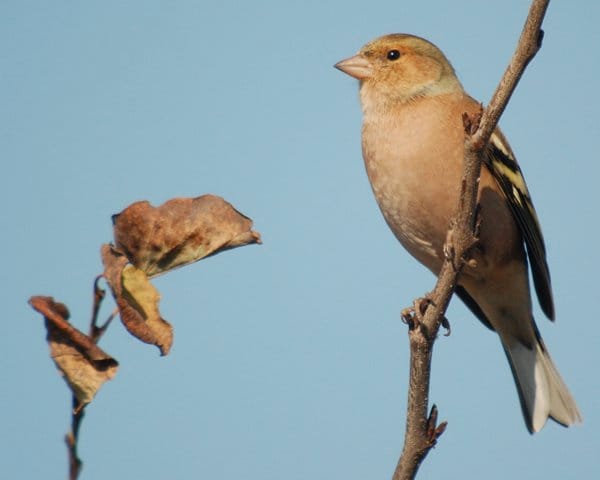
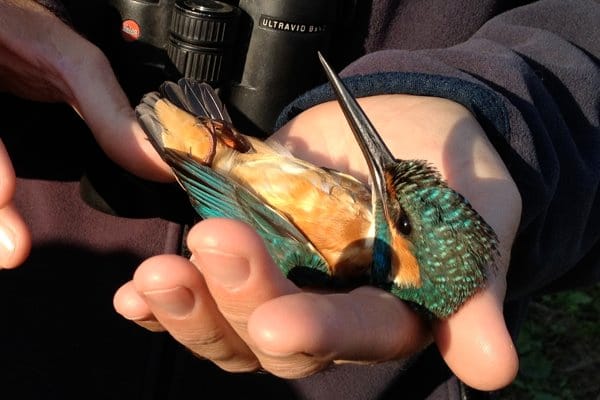
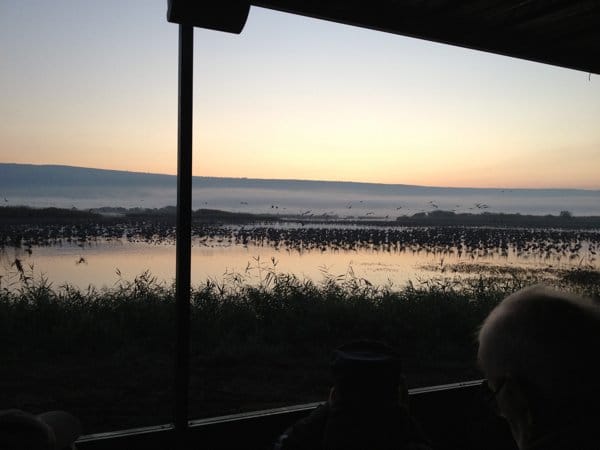
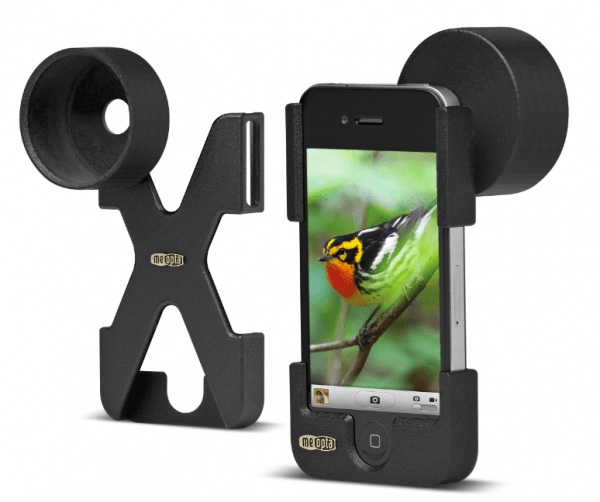










Interesting post, Sharon. I hope you get a chance to try out that iScope product and let us know how well it works.
That first photo is epic… it looks surreal and orchestrated. Beautiful. If that adaptor works well I’d get one for my ATM 65 in a second. Let us know when you get your hands on one.
Looking forward to more images from your recent trip.
The camera on my third gen iPhone isn’t great, but I never thought about trying to hook it up to a scope!
I’ve tried phone-scoping with mixed (mostly bad) results, mostly due to the fact that I can’t hold my phone steady enough. If that Meopta device works as well as it appears that it would, I’m definitely going to make that purchase.
Very cool! Can you point to a link where I can learn how to use my iPhone with my binocs? I’m a newish birder and would love to try it out.
This is great – I have tried this manually and it is very tricky. Another adapter that I have seen that maybe is more “configurable” is from the astro-photography community – Orion sells it as the “SteadyPix”:
http://www.telescope.com/catalog/product.jsp?productId=101445&id=cjdf&utm_medium=aff&utm_campaign=commission%2Bjunction&utm_source=CJ#tab-6
I have one on my Christmas list …
I would be interested in seeing a photo of your D40 attached to your scope. Thanks.
@Donna
I don’t think there’s a link. It just takes practice, take your scope to a feeder aim it and then practice lining up your phone’s camera lens to your eye piece (it’s not easy and very frustrating when you start). But practice for awhile and you will get it.
@Patrick
I’ve seen that adapter but it looks like it wouldn’t work with my eyepiece.
@Shirley
I’ll try to get a photo up.
Shots came out great, thank you for sharing. This is to inform your readers the MeoPix iPhone 4/4s Digi-scoping adapter is now available to the public. If you’d like any additional information on the product, please ask.
http://www.meoptasportsoptics.com/shop/iscoping-adapter/NORoncHsOHH7/ctgMP.html